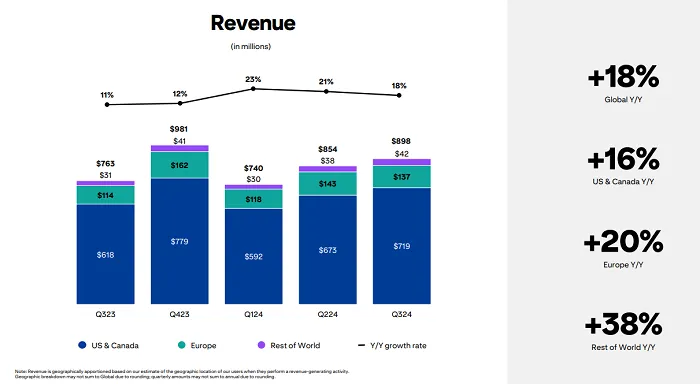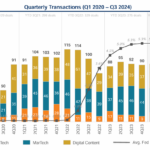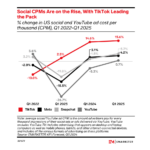Pinterest has faced a mix of positive momentum and tough competition in recent quarters, as it maneuvers through a shifting digital ad landscape and increasing demand from users. With a recent revenue forecast that disappointed some investors, Pinterest’s Q4 projections reveal both promise and hurdles. Despite its forecast missing some holiday-season expectations, the platform continues to grow its user base, showing resilience in its unique position in the social media and e-commerce space.
Pinterest’s latest earnings forecast for the fourth quarter fell below investors’ hopes, triggering an 11% drop in shares. This came as larger ad-selling platforms, including Meta and Google, exceeded expectations, benefiting from a surge in ad spending. In an effort to strengthen investor confidence, Pinterest announced a new stock buyback program worth $2 billion, replacing its previous buyback plan which still had $500 million allocated. Despite the cautious forecast, Pinterest remains dedicated to expanding its presence with the launch of its Performance+ suite, an AI-enhanced tool introduced in October to assist advertisers in targeting users more effectively.
However, some advertisers have hesitated to fully embrace these new tools, especially as they prioritize established strategies for the peak holiday season. Pinterest’s CFO, Julia Donnelly, noted “softness” in advertising interest from food and beverage brands and emphasized that Performance+ is still in its early stages, with broader adoption expected in the future.
Despite these challenges, Pinterest posted a notable increase in active users in Q3, reaching 537 million monthly active users (MAU), a significant improvement compared to previous quarters. This rise in user numbers showcases Pinterest’s regained momentum after a slowdown in the wake of pandemic-related gains. During COVID-19, the platform experienced a surge as homebound users embraced online shopping; however, that momentum waned as physical stores reopened. Now, with renewed growth, Pinterest is gradually establishing a more stable foundation that extends beyond those initial pandemic-driven gains.
Much of Pinterest’s recent growth comes from markets outside the United States and the European Union, where the platform’s presence is already more saturated. The company’s most profitable markets remain in these Western regions, yet audience growth there has plateaued. Pinterest’s ability to broaden its ad business in emerging markets offers potential for increased revenue in the long term. However, there’s also pressure to maintain a balanced user experience without overloading users with ads, especially in regions where the platform remains a relatively fresh entrant.
To cater to its expanding user base and enhance the shopping experience, Pinterest has been investing heavily in AI-driven tools. The platform’s unique “Body Type Filters” have helped users find products more suited to their personal preferences, while advanced AI features also improve ad presentation and targeting. These innovations come at a cost, with research and development expenses rising by nearly 25% this year, underscoring Pinterest’s commitment to AI as it competes with tech giants like Meta and Google that are pouring billions into similar technology.
For advertisers, Pinterest’s platform offers a distinctive advantage in product display. Brands can showcase products in a visually engaging way, often allowing users to “try on” items or view products in various contexts. As Pinterest enhances its AI capabilities, it’s positioning itself as a go-to for consumers seeking personalized shopping experiences, a key differentiator that appeals to both brands and users.
Pinterest’s Q3 revenue increased by 18% year-over-year, reaching $898 million—a promising sign as the company heads into Q4, traditionally a high-revenue period. Its focus on facilitating shopping experiences through better digital matching and user-specific recommendations has made the platform a valuable asset for advertisers looking to reach shoppers. Yet, maintaining strong engagement while growing ad revenue in less saturated markets remains essential for Pinterest’s sustained success.
The platform’s distinct approach to social commerce—enabling users to save, organize, and discover new products—continues to differentiate it from traditional social media sites that prioritize user engagement through other forms of content. Pinterest’s steadfast dedication to its niche and efforts to avoid jumping on every social trend have helped it build a loyal user base, reinforcing its position as a unique hybrid of social media and e-commerce.







Comments
Loading…